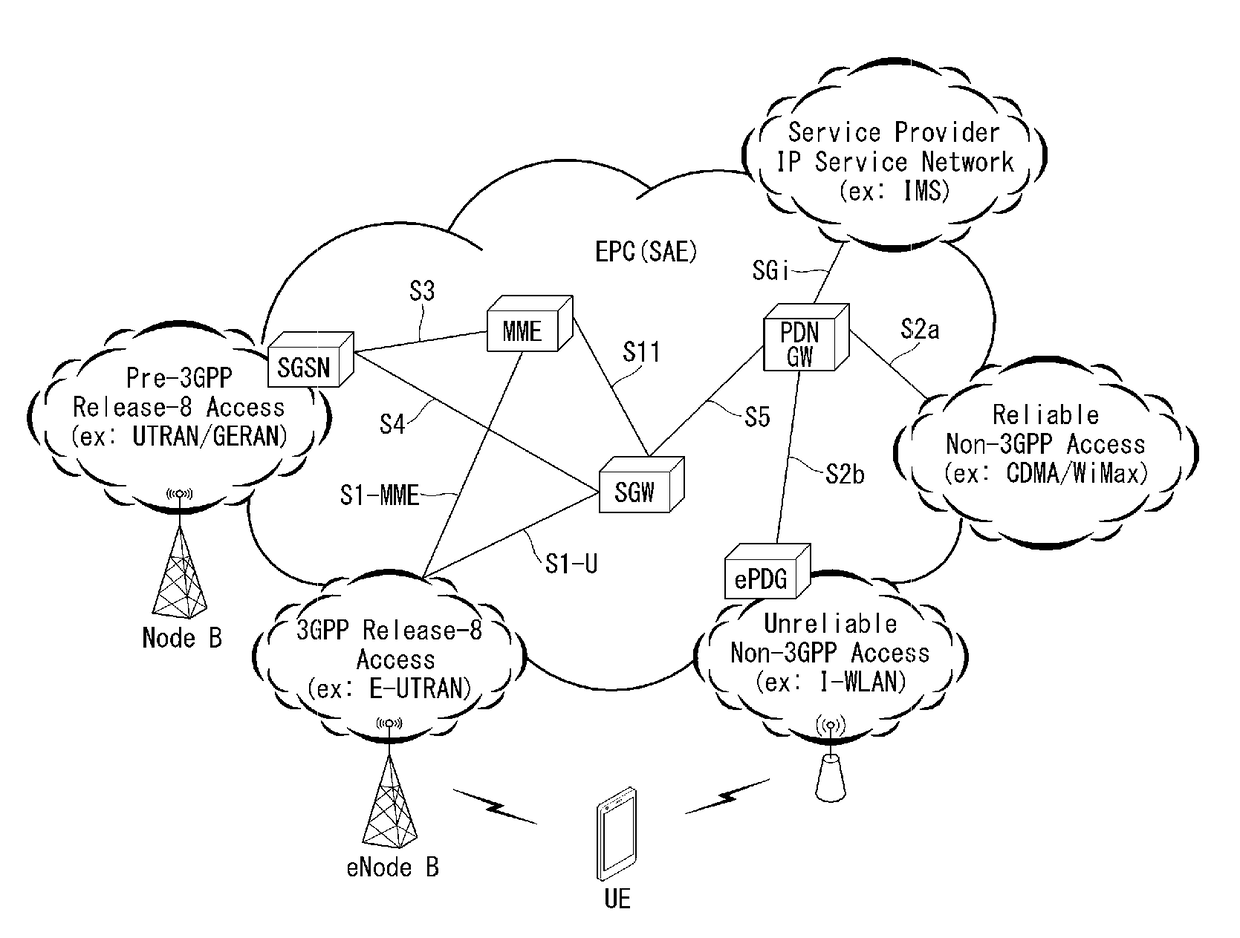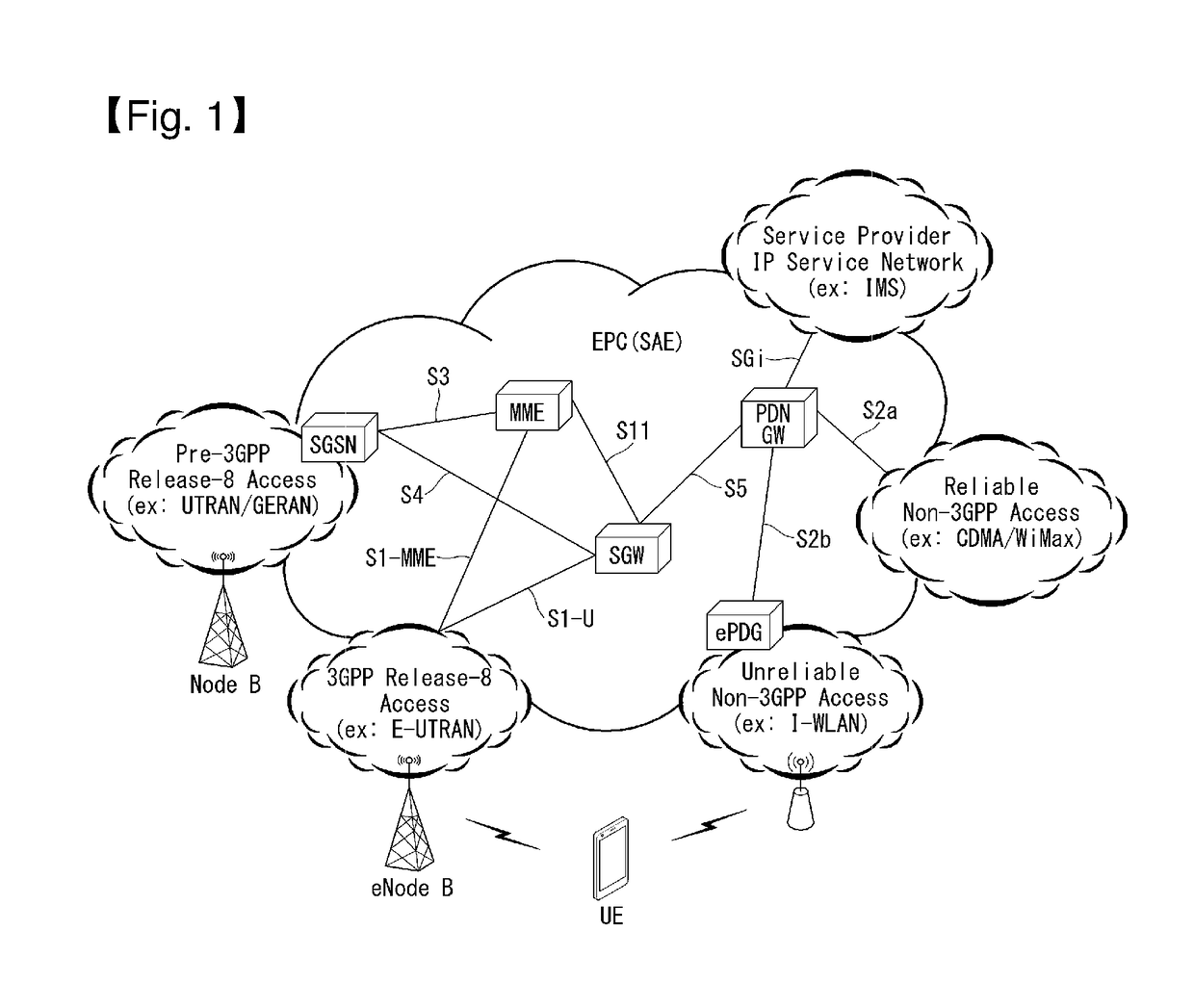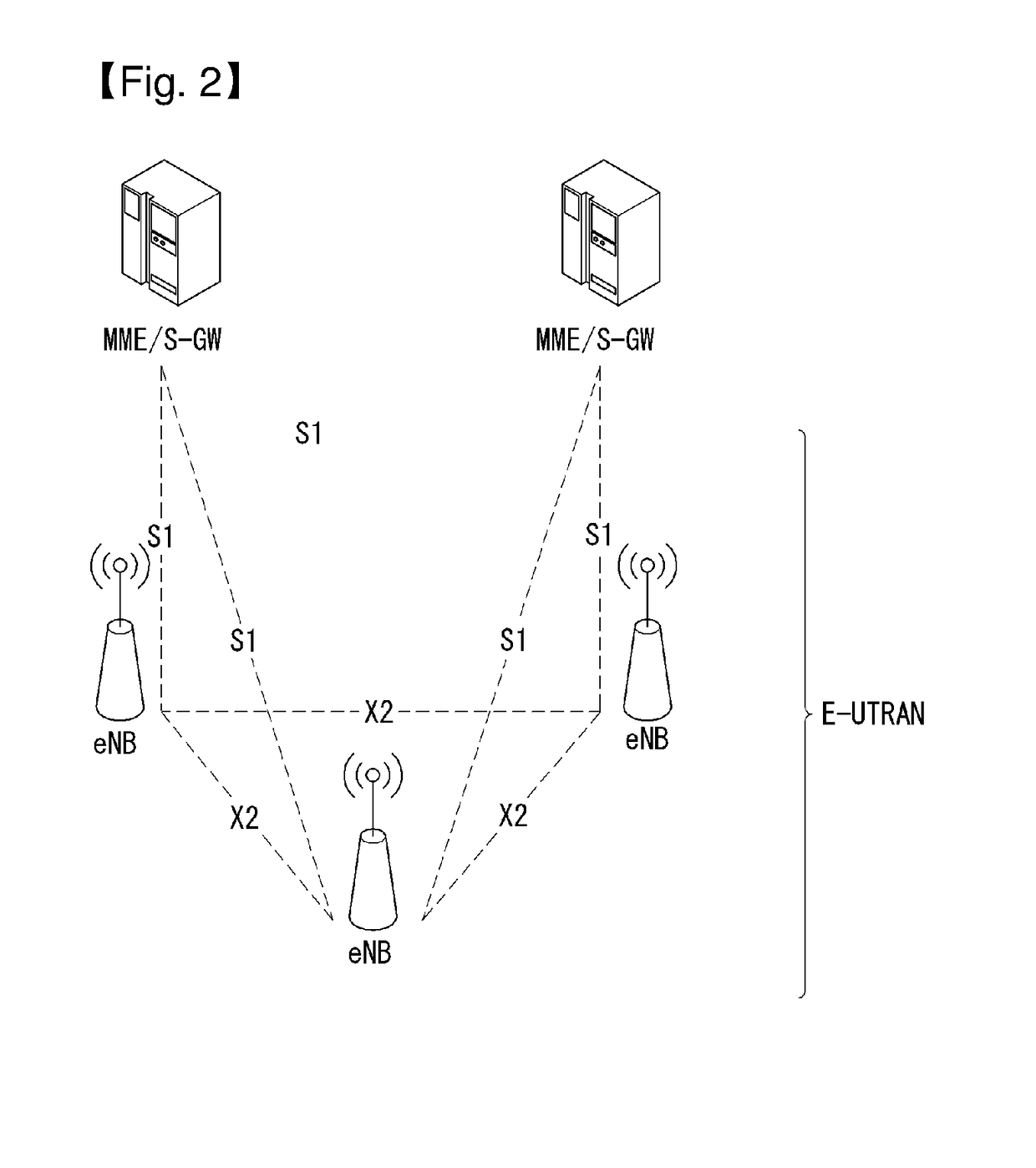Wireless power transmitter and receiver
a power transmitter and receiver technology, applied in the field of wireless communication systems, can solve the problems the difficulty of the operator to flexibly co-operate the ue with the 3gpp, etc., and achieve the effect of increasing the complexity of the ue and the network
- Summary
- Abstract
- Description
- Claims
- Application Information
AI Technical Summary
Benefits of technology
Problems solved by technology
Method used
Image
Examples
first embodiment
[0269]In a first embodiment, the NDS function may selectively generate only the NDS rule regarding radio supportable by the UE when generating the NDS rule on the basis of UE capability information received from the UE at the first stage.
[0270]For example, in cases where the network supports all of 5G RAT (below 6 GHz), 5G RAT (above 6 GHz), enhanced E-UTRA, and WLAN but the UE does not have capability regarding specific radio (i.e., the UE does not support the specific radio), the NDS function does not include the corresponding specific radio in the NDS rule.
[0271]However, although UE capability information received by the network (e.g., the AN function) indicates that the UE does not have capability regarding the specific radio (i.e., the UE does not support the specific radio), if the NDS function knows that the UE has capability regarding the specific radio through subscription regarding the UE and / or previous access history of the UE, the NDS function may include the correspond...
second embodiment
[0274]In a second embodiment, in cases where the NDS function receives information indicating that the UE has a session requiring session continuity from the SMF, the NDS function may generate an NDS rule such that the UE may select a radio covering a wide area in order to prevent frequent occurrence of handover such as inter-RAT or intra-RAT. For example, in cases where the UE supports all of 5G RAT (above 6 GHz), Enhanced E-UTRA, and WLAN, the NDS function generates an NDS rule which sets low priority for the 5G RAT (above 6 GHz) or the WLAN having small radio coverage, relative to other radios, and which sets highest priority of the enhanced E-UTRA, and transmits the generated NDS rule to the UE.
[0275]However, although the UE has a session requiring session continuity, if a mobility level thereof is low (or if the UE does not have mobility), radio coverage is not important. Thus, the NDS function may generate an NDS rule such that the UE may select / use radio allowing a more stabl...
third embodiment
[0276]In a third embodiment, in cases where location information and / or mobility information of the UE is received from the UE and / or the AMF, the NDS function may generate an NDS rule using (or in consideration of) the corresponding information. If a mobility level of the UE is low (or when the UE does not have mobility), the NDS function may generate an NDS rule such that the UE may select radio allowing the UE to produce higher throughput.
[0277]For example, in cases where the UE supports all of 5G RAT (above 6 GHz), Enhanced E-UTRA, and WLAN, the NDS function may generate an NDS rule by setting the 5G RAT (above 6 GHz) capable of producing maximum throughput to have highest priority. However, since throughput is affected by signal strength regarding an actual radio or by UEs that use the corresponding radio together, the NDS function may include / add information such as background throughput, congestion situation, and the like, in validity information of the NDS rule.
[0278]When th...
PUM
 Login to View More
Login to View More Abstract
Description
Claims
Application Information
 Login to View More
Login to View More - R&D
- Intellectual Property
- Life Sciences
- Materials
- Tech Scout
- Unparalleled Data Quality
- Higher Quality Content
- 60% Fewer Hallucinations
Browse by: Latest US Patents, China's latest patents, Technical Efficacy Thesaurus, Application Domain, Technology Topic, Popular Technical Reports.
© 2025 PatSnap. All rights reserved.Legal|Privacy policy|Modern Slavery Act Transparency Statement|Sitemap|About US| Contact US: help@patsnap.com



